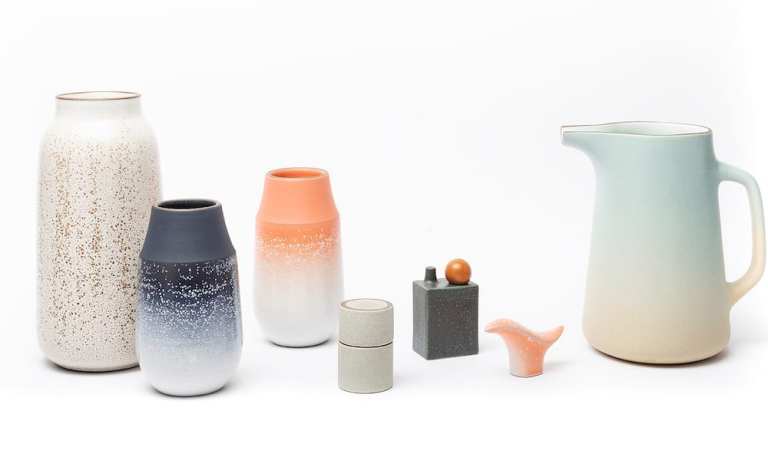Creating A Second Life For A Retail Classic

Heath Ceramics is not a newcomer to the world of retail. Founded by San Francisco artist Edith Heath in the 1940s, the company offers earthenware ceramics, uniquely textured designs and unusual color patterns, which have set the brand apart ever since its earliest days, when all the pieces were handmade by Heath.
As the brand’s popularity grew – first on the West Coast, then nationwide – Heath became less of an artisanal ceramics firm that produced a handful of (pricey) pieces each year, and more of a retail venture. The firm found a factory in the shipyards of Sausalito, where pieces were formed on a wheel to assist with production. The machines, which were custom-designed by Edith’s husband Brian Heath, made pots that were based on Edith’s original hand-thrown creations.
And the brand caught on – by 1949, the company was producing 100,000 pieces a year and grossing $5,000 a month (or around $52,0000, as adjusted for inflation). And the brand endured, and continued gaining popularity, albeit among a select class of design enthusiasts. Heath has never been a household name in quite the same way Fiestaware is – but among people who knew plates, they had lots of cache.
What they didn’t have as of 2003, after over 60 years in business, was any cash. When designers and partners Catherine Bailey and Robin Petravic accidentally stumbled on the firm in the early 2000s, the firm was far past its mid-century prime. Heath Ceramics was no longer profitable, and was struggling to pay its utility bills and employees. And it was looking for a buyer.
And so Petravic and Bailey bought it – a process that Bailey told PYMNTS was “easier than buying a house.”
The couple has spent the last decade and a half rehabbing the business. The wholesale model that worked for the first six decades of its life was scrapped in favor of going direct to consumer (about a decade before DTC became the de rigueur way to enter consumer retail). They’ve also expanded in bridal registries, and have built an experimental retail destination in San Francisco designed to “bring together a wide array of makers, tinkerers, bakers and small-scale operators into a single creative space,” according to Bailey.
“We don’t want to be forced to do things we don’t want to do,” Bailey added. They also didn’t want to get caught up in what they called the “scale trap,” wherein firms have to sideline creativity in favor of upping volume to meet their current demands. For a design-based firm, Bailey noted, that means there is a risk of stagnating in one’s offering, and falling into a safe zone of always offering the safest, most easily mass-marketable items.
To avoid that, Heath has created limited-release lines sold only in select showrooms, as part of what Bailey called the company’s latter-day “slow business” approach to growth.
Since Bailey and Petravic took over, the firm has grown considerably – mostly because of the slow and steady approach to expansion Heath has taken since embarking on a relaunch. Today, the firm employs 246 people (all of whom are paid regularly), up from the 25 that were on staff when the couple took over. They have also upped sales from $1.2 million in their early days to $30 million annually as of last year. If things continue moving forward, the firm will be wholly debt-free by the end of next year.
“We’re setting things up for the next generation,” Petravic told Inc.
And though the brand continues to be popular among design enthusiasts, it is also beginning to gain the kind of mainstream buzz Heath created in its early days in the middle of the 20th century. And the ceramics it makes today might resemble the designs that were first hand-thrown by Edith Heath 70 years ago, in the last two decades the firm has grown up into a thoroughly 21st-century retail operation – both in how it reaches in customers and in its curated and customized approach to building the business and the brand.